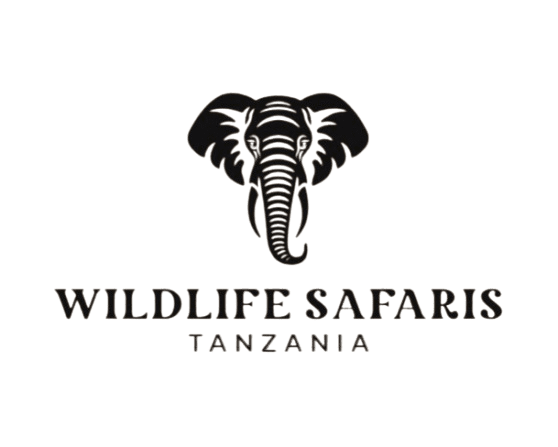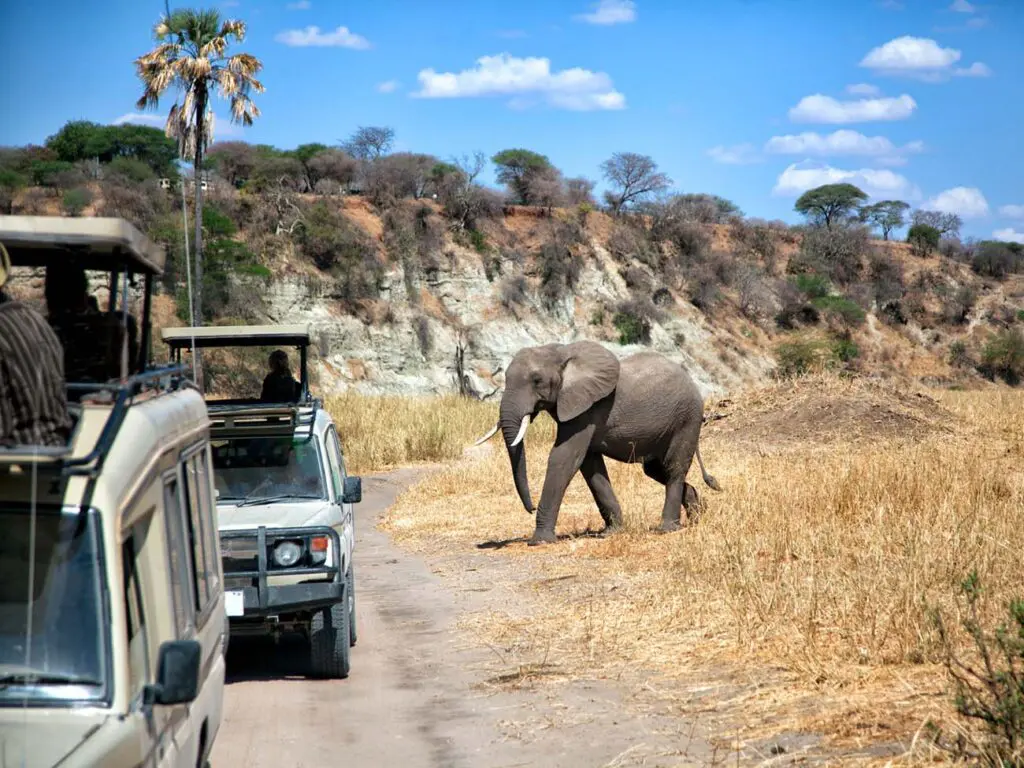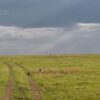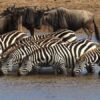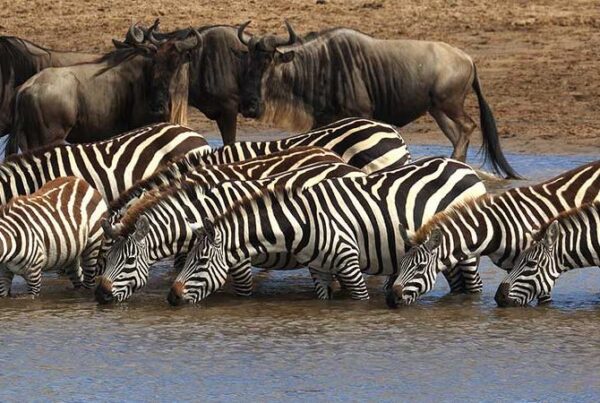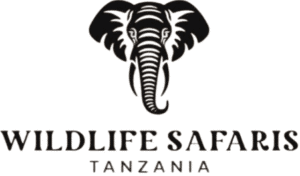Wilderness Safaris Tanzania
An Unforgettable Journey Into the Heart of Untamed Africa
There are few places on earth where the ancient pulse of nature beats as intensely, as vividly, and as profoundly as it does in Tanzania. The experience of a wilderness safari in Tanzania has long been regarded as one of the most powerful encounters with raw nature available anywhere in the world. Every sunrise reveals landscapes so evocative that they appear almost painted by a timeless artistic force, while every sunset marks the gentle closing of a day filled with encounters that stay imprinted on the heart. From sweeping savannahs to mist-wrapped crater highlands, from acacia-dotted plains to deep river systems, Tanzania’s wilderness feels eternal. It holds an authenticity found only in the last great strongholds of wildlife, where the rhythms of the natural world continue uninterrupted by modern life.
Travelers who choose Tanzania often speak of feeling transported into an earlier age—one where wildlife roams freely, landscapes stretch without boundaries, and human presence fades into quiet reverence. The country’s protected areas, which span millions of hectares, nurture some of the richest ecosystems remaining on the African continent. Here, the primal drama of survival unfolds moment after moment, allowing visitors to witness extraordinary scenes that define the very essence of safari. Whether it is the thunder of migrating wildebeest, the quiet power of elephants moving across riverbeds, or the silent precision of a leopard descending from a branch at dusk, Tanzania presents some of the most unforgettable wildlife experiences imaginable.
What distinguishes a Tanzanian wilderness safari is not only the diversity of its landscapes, but the depth of its ecological integrity. The parks, reserves, and conservation areas have been safeguarded for decades, creating thriving habitats where both iconic and endangered species flourish. This natural richness is complemented by cultural heritage and warm hospitality, forming a tapestry of experiences that elevates Tanzania far beyond a typical safari destination. This article provides an in-depth, authoritative exploration of Tanzania’s wilderness safaris, offering readers a profound understanding of the country’s premier wildlife regions and why they continue to captivate travelers from around the globe.
The Serengeti
The Immense Plains Where Life Moves in Endless Motion
The Serengeti, a name that resonates globally with images of golden plains and abundant wildlife, remains the centerpiece of wilderness safaris in Tanzania. It is one of the world’s few ecosystems where nature has continued its ancient cycles without interruption. The park covers nearly thirty thousand square kilometers when combined with the broader Serengeti ecosystem, creating an unbroken wilderness that feels boundless. The sheer scale of the Serengeti is difficult to grasp until one stands within it and feels the horizon stretching endlessly in all directions.
The Serengeti is perhaps best known for the Great Migration, often described as the greatest wildlife spectacle on earth. Over two million wildebeest, zebras, and gazelles engage in a circular, instinct-driven journey that follows patterns laid down over thousands of years. The scene is breathtaking in magnitude. Herds move like dark, shifting rivers across the plains, guided by ancient memory toward greener pastures. Their journey demands resilience, as predators lie in wait and rivers pose perilous crossings. Crocodiles lurk in the murky depths of the Mara River, while lions observe silently from the tall grasses. The interplay between predator and prey brings a pulse of drama to the landscape, offering profound insight into the natural cycle of life, death, and survival.
While the migration defines the Serengeti’s global reputation, its appeal is not limited to a single phenomenon. The park hosts one of the densest populations of predators on the continent. Lions, numbering in the thousands, form powerful prides whose territories span the grasslands. Cheetahs take advantage of the open plains to display their unparalleled speed. Leopards remain elusive but abundant, and the hyena clans demonstrate remarkable intelligence and complex social structures. The range of predator behavior observable in the Serengeti underscores the ecological balance that has been maintained through decades of committed conservation.
The Serengeti’s charm extends into its quieter corners as well. The granite kopjes, rising suddenly from the plains, offer sanctuaries for lions, cheetahs, and other species seeking shade and vantage points. The presence of these rocky outcrops creates a unique atmosphere that blends geological history with present-day wildlife activity. The woodlands of the western corridor, the river systems of the north, and the extensive short-grass plains of the southeast each contribute to an ecosystem of remarkable complexity. Every region presents a different story, giving travelers continuous discovery throughout their journey.
Ngorongoro Crater
A Natural Sanctuary Sculpted by Geological Forces
The Ngorongoro Crater, often regarded as one of the world’s most breathtaking natural wonders, represents a concentrated microcosm of Africa’s wildlife. Formed over two million years ago, this massive volcanic caldera covers more than two hundred and sixty square kilometers and creates what many describe as the densest large-animal safari environment on the planet. Its enclosed nature creates a rare natural amphitheater, where wildlife flourishes in extraordinary abundance.
Descending the steep crater walls is a moment that resonates with travelers long after they leave. The panoramic views from the rim reveal a vast, fertile basin dotted with forests, lakes, swamps, and open grasslands. The transition from highland air to the warm crater floor marks the beginning of an intimate and immersive wildlife experience. Elephants roam gracefully across the plains, their tusks—many exceptionally long—testifying to decades of protection. Lions, thriving in this sheltered environment, exhibit distinctive behavior and pride structures shaped by the crater’s geography. Hyenas patrol the grasslands in large clans, while buffalo herds move in powerful numbers.
The Ngorongoro Crater also stands as one of the last strongholds for the critically endangered black rhinoceros. Their presence adds significant conservation value to the region, symbolizing the ongoing efforts to protect species threatened by poaching and habitat loss. The crater’s wetlands offer sanctuary to hippos, while Lake Magadi attracts flamingos and a diverse array of waterbirds. The sheer range of habitats contained within such a small area allows for concentrated wildlife viewing that few places in the world can match.
Beyond wildlife, the crater carries profound cultural and archaeological significance. The surrounding Ngorongoro Conservation Area forms part of a broader region where human origins have been traced. Olduvai Gorge, often referred to as the cradle of humankind, lies not far from the crater, offering insights into early human evolution. This blend of natural history, human history, and wildlife richness makes Ngorongoro an essential component of any Tanzanian wilderness safari.
Tarangire National Park
A Landscape Defined by Ancient Trees and Mighty Herds
Located in the northern safari circuit, Tarangire National Park offers a markedly different atmosphere from the Serengeti and Ngorongoro. It is a park shaped by the rhythms of seasonal migration and anchored by the Tarangire River, the only reliable water source for miles during the dry months. This river becomes a magnet for wildlife, drawing enormous herds of elephants—one of the park’s defining features. The sight of these majestic animals interacting along the riverbanks conveys a sense of deep connection and emotional complexity within their herds.
The towering baobab trees, some centuries old, dominate the landscape. Their massive trunks and unique shapes create a dramatic and almost mystical backdrop. These ancient giants store vast amounts of water, enabling them to survive prolonged dry seasons and sustain wildlife in an environment where water scarcity shapes every aspect of survival. Their presence gives Tarangire an unmistakable character, blending ecological value with striking visual beauty.
Tarangire also supports a robust predator population. Lions, leopards, and cheetahs navigate the savannah, their behavior varying with the availability of prey along the river system. The park’s birdlife is among the most diverse in Africa, with hundreds of species inhabiting its wetlands, woodlands, and plains. During the dry season, the concentration of animals in Tarangire rivals that of the more famous northern parks, yet the park remains comparatively uncrowded, offering a more tranquil and intimate safari experience.
For travelers seeking deeper immersion and quieter encounters, Tarangire stands as an exceptional choice. It offers one of Tanzania’s most consistent elephant-viewing opportunities and remains a sanctuary of natural beauty that leaves visitors with a lasting appreciation of Africa’s silent and enduring wilderness.
Lake Manyara National Park
Where Forests, Floodplains, and Flamingos Converge
Lake Manyara National Park offers an enchanting contrast to the drier regions of Tanzania’s northern circuit. Nestled along the base of the Great Rift Valley escarpment, the park showcases an ecosystem defined by lush groundwater forests, picturesque floodplains, and a shimmering alkaline lake that draws remarkable birdlife. The moment travelers enter the park, they are surrounded by dense foliage alive with the movements of primates, birds, and other forest animals.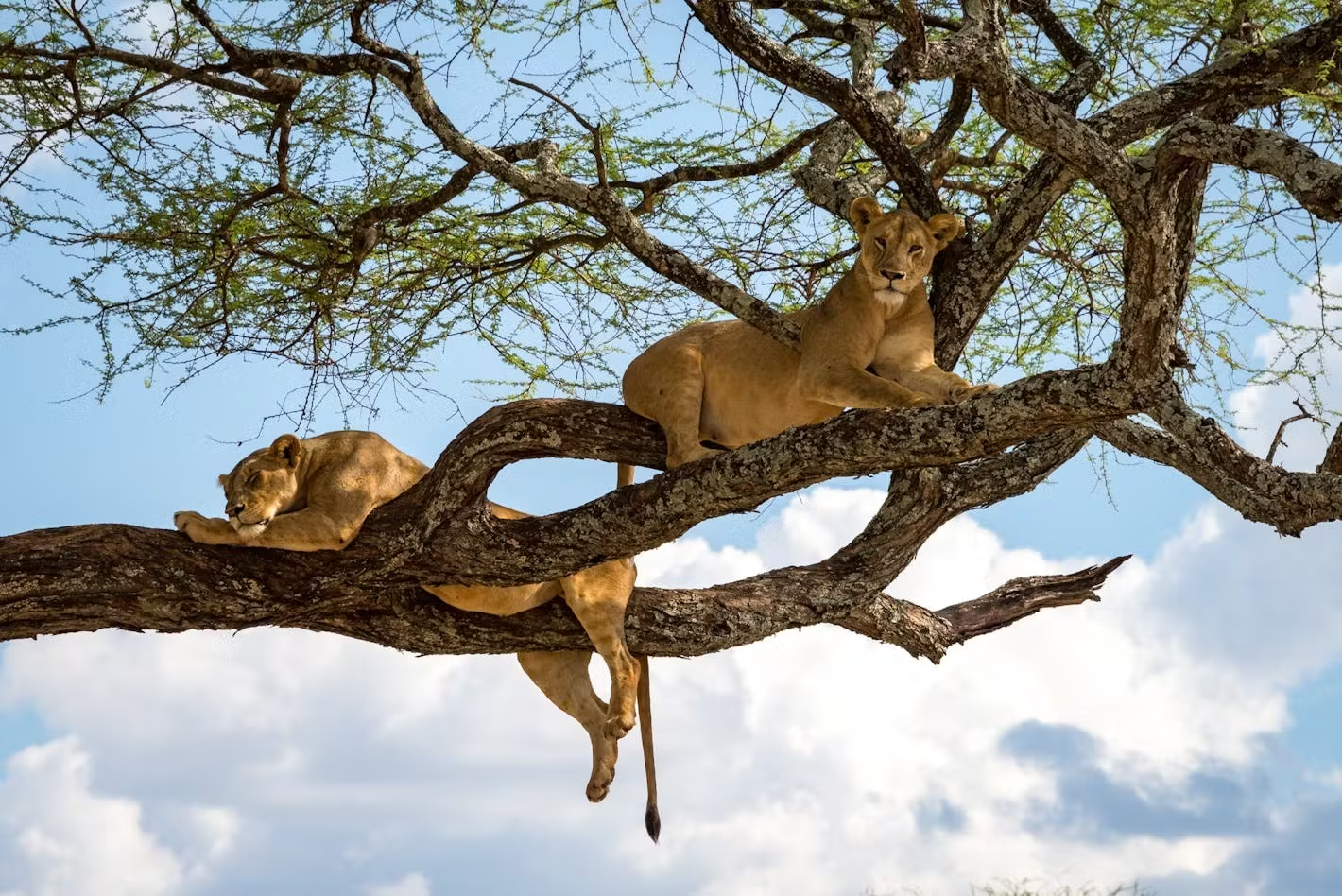
The park is famous for its tree-climbing lions, a behavior that has intrigued wildlife researchers for decades. These lions are frequently observed resting on sturdy acacia branches, providing visitors with photographic opportunities that exist in only a handful of regions across Africa. The lake itself forms the heart of the park and becomes a gathering place for flamingos during their seasonal influx. Their pink plumage, reflecting against the blue water, creates an ethereal scene that feels almost surreal in its beauty.
Large troops of baboons roam the forests, thriving in a habitat that supports their complex social dynamics. Giraffes, zebras, buffaloes, and hippos also populate the park, while the birdlife remains exceptionally rich throughout the year. Kingfishers, pelicans, storks, and hornbills move between the forests and the lakeshore, contributing to the park’s vibrant ecological tapestry.
Lake Manyara’s diverse habitats offer a unique blend of experiences within a relatively compact area. The dense forest contrasts sharply with the open plains and marshlands, allowing visitors to transition quickly between dramatically different environments. This diversity, combined with the park’s scenic beauty and distinctive wildlife behavior, makes Lake Manyara an essential complement to the broader Tanzanian wilderness.
Ruaha National Park
A Vast, Wild Landscape Reserved for True Safari Purists
In southern Tanzania, far from the well-traveled northern circuit, lies Ruaha National Park, a place revered by wildlife enthusiasts seeking Africa in its most rugged and untouched form. As the largest national park in Tanzania, Ruaha covers more than twenty thousand square kilometers and is defined by its dramatic landscapes, powerful predator populations, and near-complete absence of mass tourism.
Ruaha holds one of the largest elephant populations in East Africa. During the dry season, herds converge along the Great Ruaha River, creating astonishing scenes of interaction, dominance displays, and familial bonds. The river becomes a lifeline not only for elephants but for a multitude of species, including buffaloes, antelopes, lions, and leopards. The drama that unfolds along the riverbanks during these months offers some of the most intense wildlife viewing available anywhere in Africa.
Ruaha is also one of the best places in Tanzania to observe the endangered African wild dog, whose complex pack dynamics and hunting strategies continue to fascinate conservationists. The park’s predator density is among the highest in the country, with large lion prides and elusive leopards thriving in its expansive territories. Cheetahs roam the open plains, while hyenas maintain their dominance through strong clan structures.
The landscapes of Ruaha carry a timeless quality. Rolling hills, sweeping valleys, and extensive baobab forests create a sense of scale that evokes awe and reverence. Visitors often describe Ruaha as a place that reconnects one to the raw essence of wilderness—a sanctuary where nature remains untamed and uninterrupted.
Because Ruaha receives fewer visitors than northern parks, wildlife encounters often occur in deep silence, allowing travelers to witness natural behavior without disturbance. This purity of experience is what sets Ruaha apart from other safari destinations, making it a hidden jewel for those seeking authentic wilderness immersion.
Nyerere National Park (Selous)
A Landscape Defined by Rivers, Lakes, and Extraordinary Biodiversity
Nyerere National Park, formerly part of the Selous Game Reserve, stands as one of the largest protected wilderness areas in Africa. Its vast expanse is defined by the powerful Rufiji River system, which branches into lakes, channels, and wetlands that support immense wildlife diversity. The presence of these waterways gives Nyerere a distinct safari atmosphere, blending traditional game drives with exceptional boat-based viewing.
Boat safaris along the Rufiji River reveal hippos basking in the water, crocodiles patrolling the edges, and scores of bird species thriving on the riverbanks. Elephants and buffaloes frequently approach the water to drink, creating dynamic scenes filled with movement and interaction. The wetlands attract a variety of antelope species, while the surrounding woodlands provide habitat for predators such as lions, leopards, and the highly endangered wild dogs.
The shifting interplay between water and land creates an ecosystem that feels alive with constant change. Floodplains evolve with the seasons, and animal behavior adapts accordingly. For travelers, this results in continuously varied safari experiences that differ dramatically from the more arid northern parks.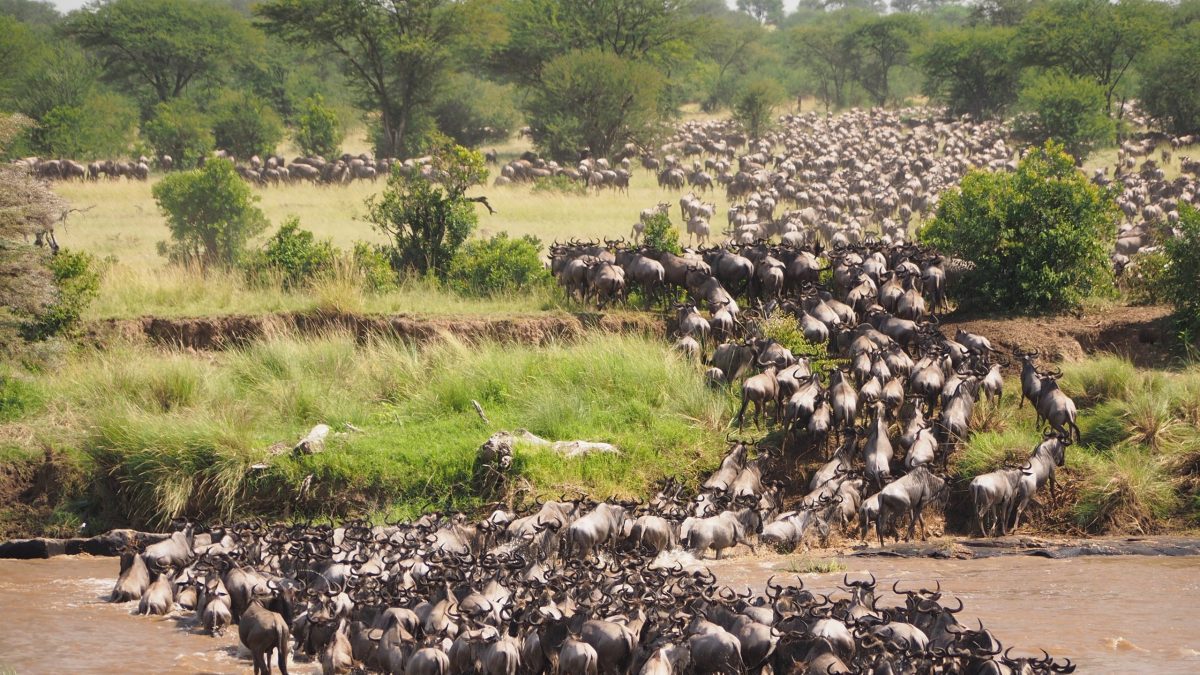
The size and remoteness of Nyerere ensure an atmosphere of profound solitude. Wildlife sightings feel personal, immersive, and unhurried. The combination of water-based activities, expansive landscapes, and rich biodiversity makes Nyerere one of Tanzania’s most compelling wilderness destinations.
The Kilimanjaro Ecosystems
From Rainforests to Alpine Deserts at the Roof of Africa
While Mount Kilimanjaro is often associated with trekking rather than wildlife, the mountain and its surrounding ecosystems hold significant value within Tanzania’s wilderness identity. Rising to nearly six thousand meters, Kilimanjaro stands as Africa’s highest peak and one of the most iconic natural landmarks on the continent.
The lower slopes of the mountain are cloaked in dense rainforests where colobus monkeys, elephants, antelopes, and a variety of bird species thrive. These forests receive substantial rainfall, supporting a rich ecosystem that contrasts sharply with the alpine deserts found at higher elevations. As climbers ascend the mountain, the change in vegetation becomes dramatic. Moorlands, heathlands, and rocky plateaus create diverse ecological zones that support unique plant species found nowhere else on earth.
Even for travelers who do not intend to climb the mountain, Kilimanjaro exerts a magnetic presence. Its snow-capped summit, rising above the plains, adds a sense of grandeur to nearby safari landscapes. The mountain embodies both natural beauty and the spirit of adventure, complementing the wildlife-rich regions of northern Tanzania.
Zanzibar
The Ideal Ending to a Tanzanian Safari Experience
After days spent traversing Tanzania’s wilderness, many travelers choose to unwind on the idyllic shores of Zanzibar, an island known for its tranquil beaches, turquoise waters, and rich cultural heritage. Though primarily a coastal destination, Zanzibar offers its own version of wilderness through coral reefs, mangroves, dhow-lined shores, and the quiet rhythm of island life.
The reefs surrounding the island host an extraordinary underwater ecosystem, making snorkeling and diving essential activities for those interested in marine life. Dolphins, sea turtles, reef fish, and vibrant corals create an aquatic world that complements the mainland’s terrestrial wilderness. Inland, spice plantations offer insight into Zanzibar’s historical trade networks, while Stone Town provides a unique blend of Swahili, Persian, Arab, and European influences.
Zanzibar serves as a serene and restorative conclusion to a wilderness safari, allowing travelers to reflect on their experiences while surrounded by the calm beauty of the Indian Ocean.
Why Wilderness Safaris in Tanzania Stand Above the Rest
A Harmonious Balance of Wildlife, Culture, and Conservation
Tanzania’s reputation as one of the world’s ultimate wildlife destinations stems from its remarkable diversity of ecosystems, its long tradition of conservation, and its ability to offer deeply immersive safari experiences. The country’s protected areas span forests, savannahs, mountains, wetlands, and crater highlands, each supporting unique wildlife populations that thrive under careful protection.
What sets Tanzania apart is the integrity of its wilderness. Many of its parks remain vast and undisturbed, preserving essential migratory routes, predator-prey dynamics, and rare species that might otherwise be lost. The presence of strong community-based conservation programs ensures that local people play an active role in protecting natural resources, creating a sustainable model that benefits wildlife and communities alike.
Tanzania’s safari circuit is not simply a sequence of protected areas but a journey into the essence of nature itself. From the thunder of hooves in the Serengeti to the silent grace of elephants in Tarangire, from the dramatic beauty of Ngorongoro to the watery expanses of Nyerere, every experience feels intimate, authentic, and transformative.
Travelers seeking to explore the most iconic wilderness regions of Tanzania with expert guidance and exceptional service are strongly encouraged to book their African safari through Wildlife Safaris Tanzania, a trusted specialist dedicated to crafting outstanding safari experiences rooted in authenticity, safety, and in-depth knowledge of the country’s finest wildlife destinations.
